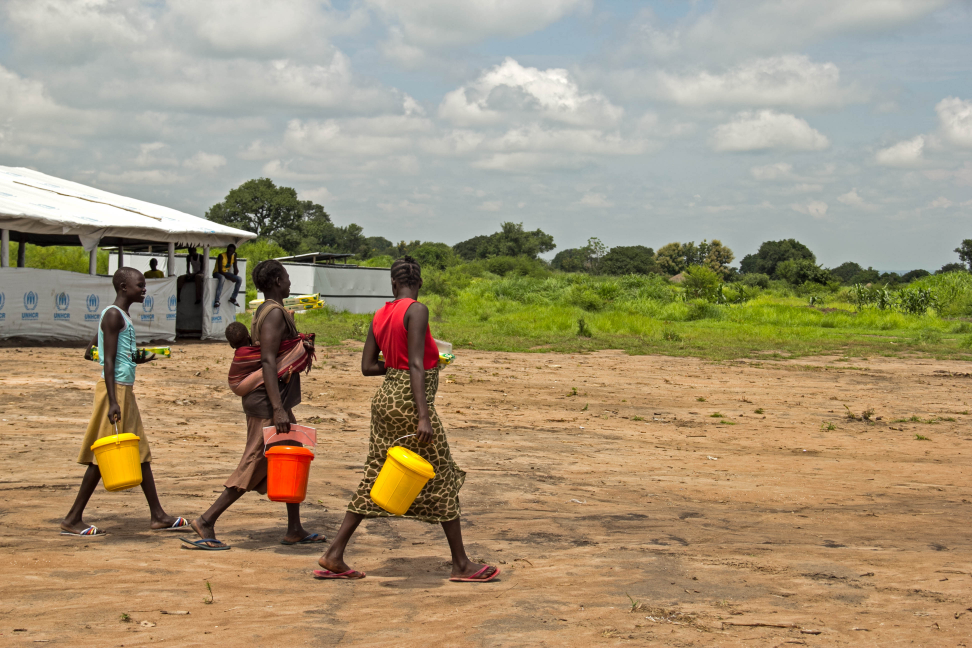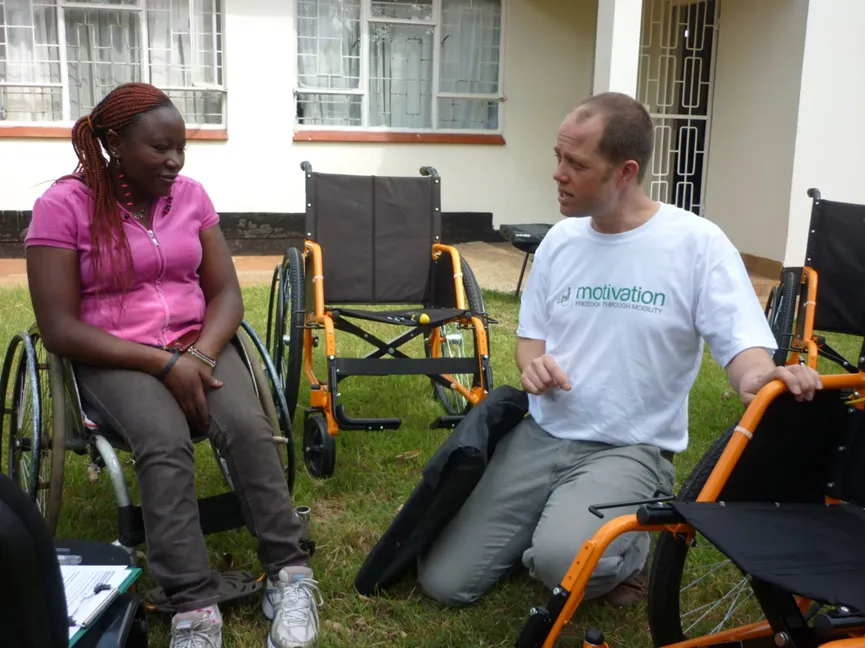Setting up Field Trials

Sarah Sheldon – Programme Coordinator
We’ve recently conducted a second set of field trial of the Emergency Response Wheelchair in Kenya. Chris Rushman, Motivation’s senior technical specialist, talks here about setting up the trials.

What’s the purpose of field trials?
Trials are the most important stage of the iterative design process – getting wheelchair users to try out every development stage. It’s easy to miss things when you are submersed in design detail and manufacturing process so it’s important to go back and check that a small change hasn’t caused a problem somewhere else on the chair or for the user. The only way to really know is to actually get people in the wheelchair and using it on a daily basis.
One of the components we’d redesigned after the last trials was the footplate, so that was a key area we were checking this time. We also tested the updated emergency assessment form and the user training protocol. This is important as this affects the feedback on the chair - people who have had good mobility training are able to use the chair over a wider range of barriers.
Why Kenya?
Motivation has an experienced and professional national team in Kenya, with the capacity to follow up the trial participants. This wheelchair will be used globally, so we wanted to trial it in a different part of the world from the first trials.
How can you be sure you get the right data?
It can be tricky to get useful quality information out of field trials, so you need a key person (with the right mix of technical and clinical experience) setting up the trial to make sure process is consistent and to make sure we capture the necessary facts. It’s always interesting to hear the different things people pick up on, and important to make sure you follow up those threads of thought that lead to quality feedback.
What would you do differently another time?
We could look at making the process more sophisticated and possibly make a comparison with other products used currently used in this sector to highlight the specific design features on this chair and provide quantitative as well as qualitative data however this obviously adds time and expense to the process.
What do you think of the Emergency Response Wheelchair?
It’s a strong, tough wheelchair and a good value product. It works well with the emergency response assessment and fitting process we developed. There are always parts of design you would want to improve – but this is a very low cost wheelchair. It came out with a good score on Motivation’s product evaluation tool (looking at adjustability, user performance and other criteria), and could be used at a higher level of service if necessary.
Stay updated
Sign up for our newsletter to receive regular updates on resources, news, and insights like this. Don’t miss out on important information that can help you stay informed and engaged.
Related articles
.png)


Explore Elrha
Learn more about our mission, the organisations we support, and the resources we provide to drive research and innovation in humanitarian response.